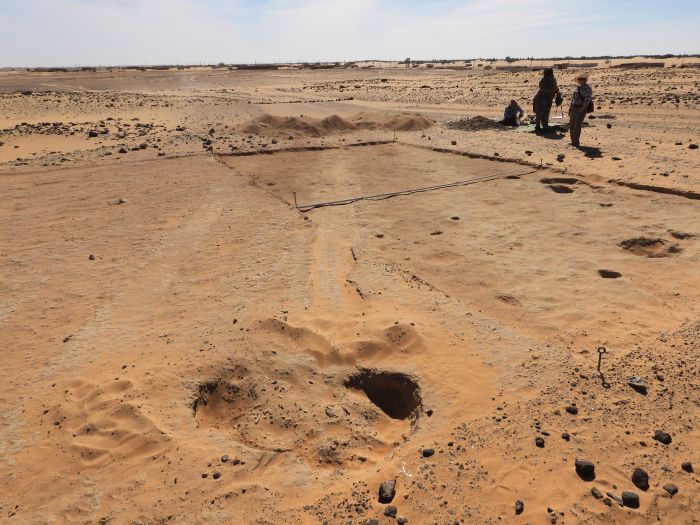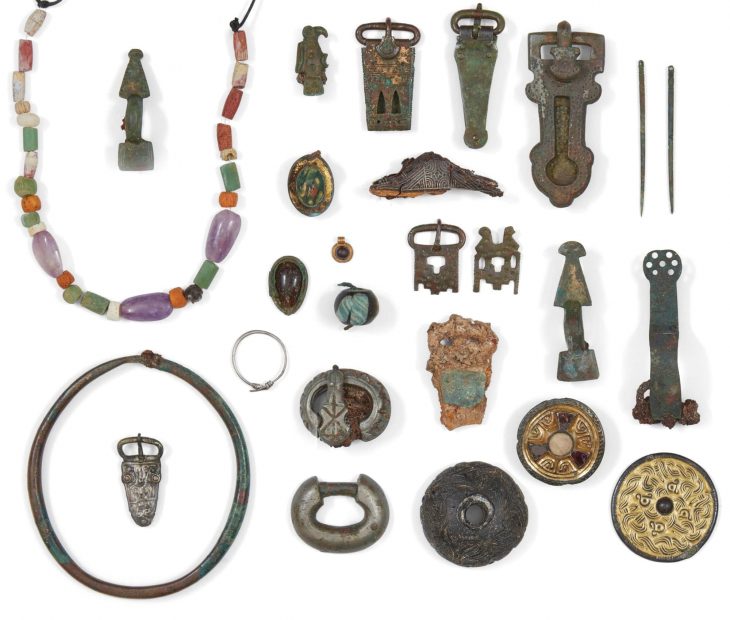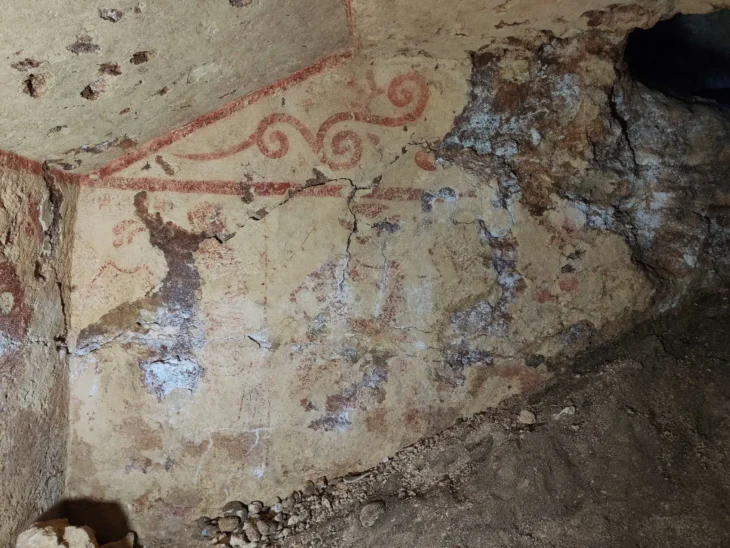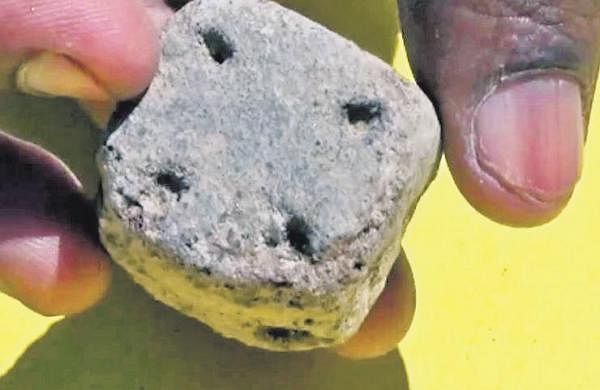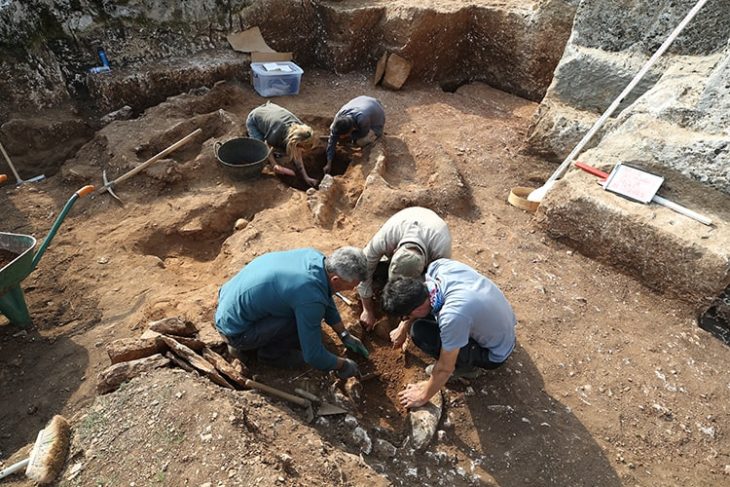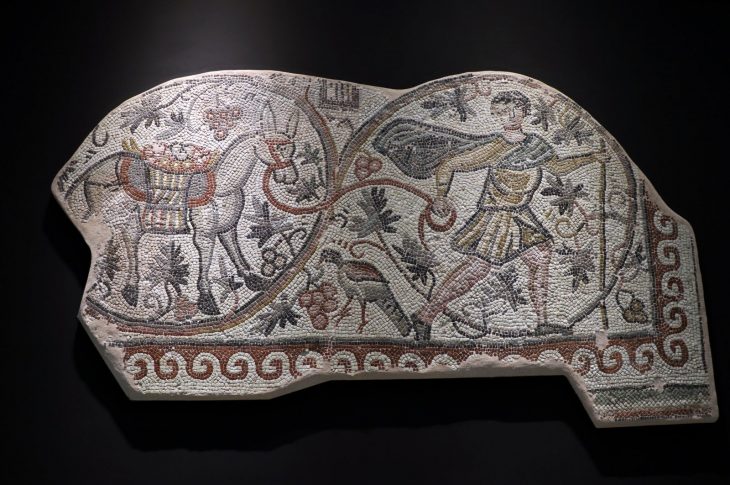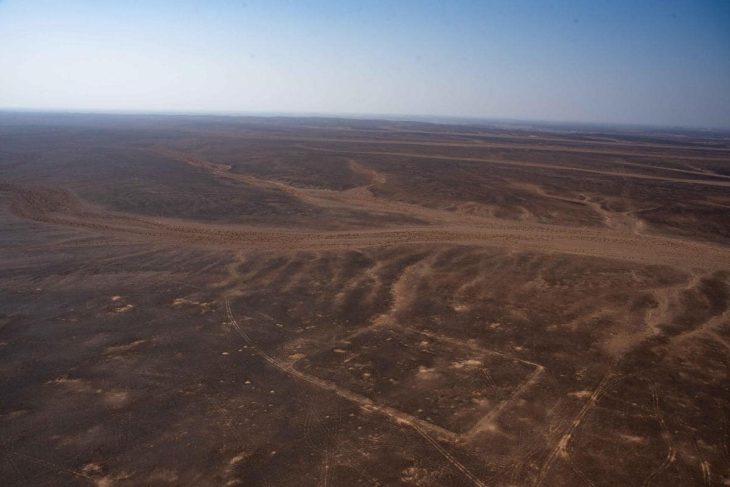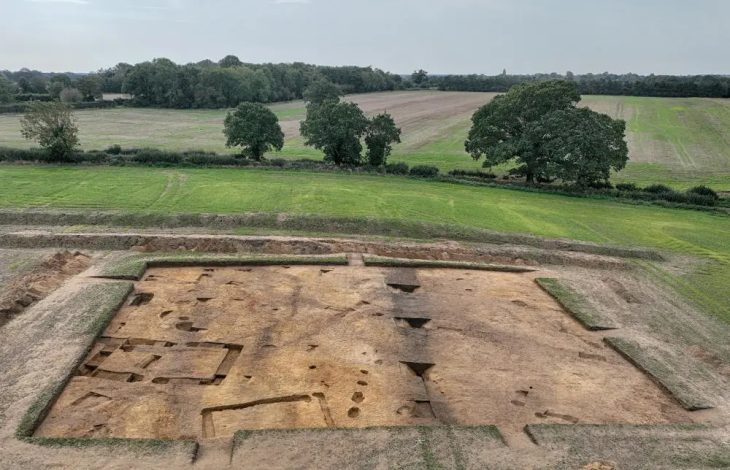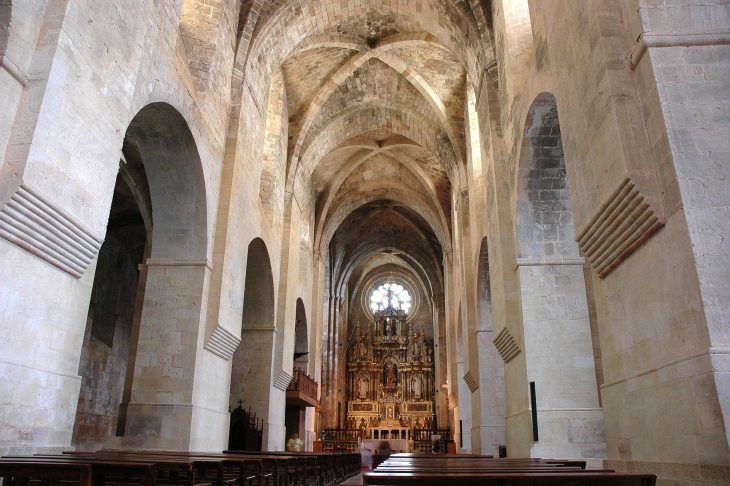During archaeological excavations in the ancient city of Beçin in the Milas district of southern Turkey’s Muğla, the head of a historical idol, considered one of the rarest instances of its kind, was discovered.
Excavations are carried out regularly in the ancient city of Beçin, which was included in the UNESCO World Heritage Tentative List in 2012.
Professor Kadir Pektaş, the head of the excavation team in the ancient city and a lecturer at Istanbul Medeniyet University’s faculty of arts, expressed his excitement at the discoveries made in Beçin.
Pektaş stated that during the thorough excavations conducted out in the old city that also served as a fortress this year, a really rare relic was uncovered.
“Very beautiful ceramics and small finds were uncovered in the works we carried out in the inner castle. One of them has been the headpiece of the Kiliya-type idol known as the ‘Stargazer’ or ‘Starwarrior,’” Pektaş said.
📣 Our WhatsApp channel is now LIVE! Stay up-to-date with the latest news and updates, just click here to follow us on WhatsApp and never miss a thing!!
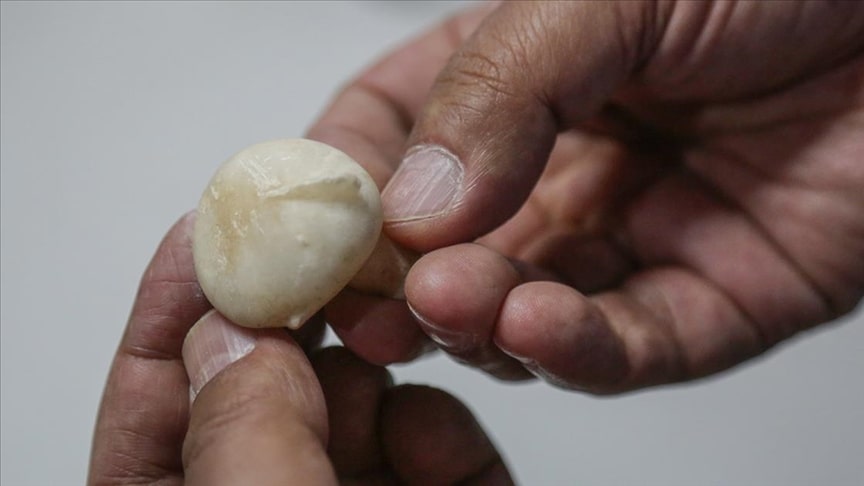
Elaborating on the details of the head of the marble female idol, Pektaş said: “It is a sample that dates back to 3,000 or 3,500 B.C. and is very rarely found in excavations. There are only 30 samples of the figurine – believed to have been used for prayers and worship – known in the world,” he told Anadolu Agency (AA).
“The ‘Stargazer’ idol is found in the Aegean Islands and Western Anatolia. (This sample) is valuable because it is the first one unearthed in the (Beçin) ancient city and in the region. We know that none were found in excavations conducted near this site.
“In this respect, it gives us an important clue about the early periods of this region.”
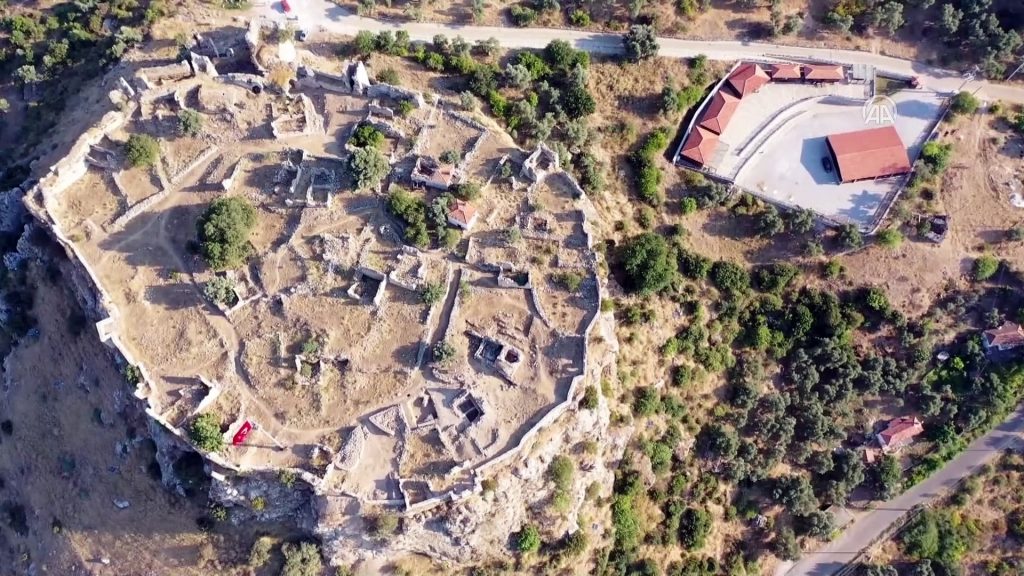
The marble statue is called “stargazer” -a colloquial title-because the big headrests on the slender neck, giving people a whimsical feeling, like looking up at the sky.
There are only about 15 complete idols around the world, though more fragments, particularly heads, have survived.
Most of the complete figurines found were broken at the neck, suggesting that the sculptures were ritually “killed” at the time of burial.
“It is thought that it was used for religious purposes, but it is not an issue that can be known certainly. It is not clear whether the head and the body parts were separated and buried separately during worship, or that happened for another purpose but it is believed to have been created for prayer and worship purposes,” Pektaş said.


